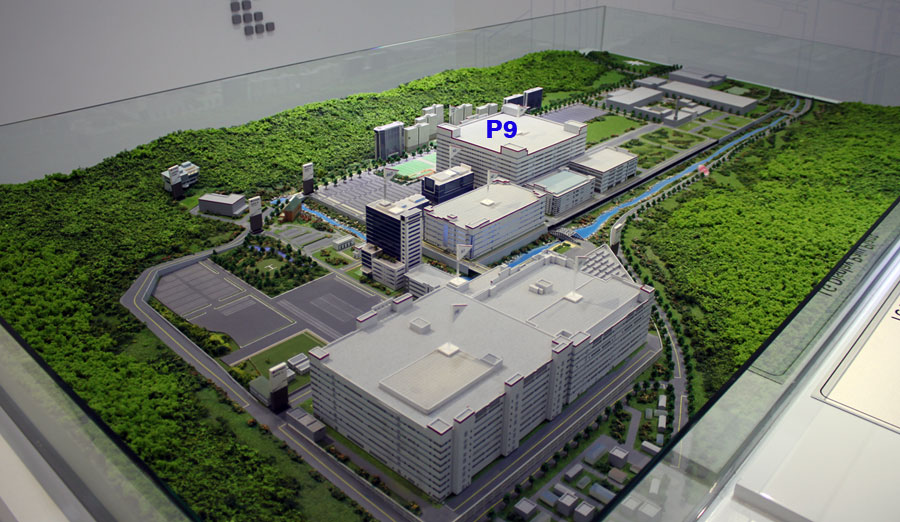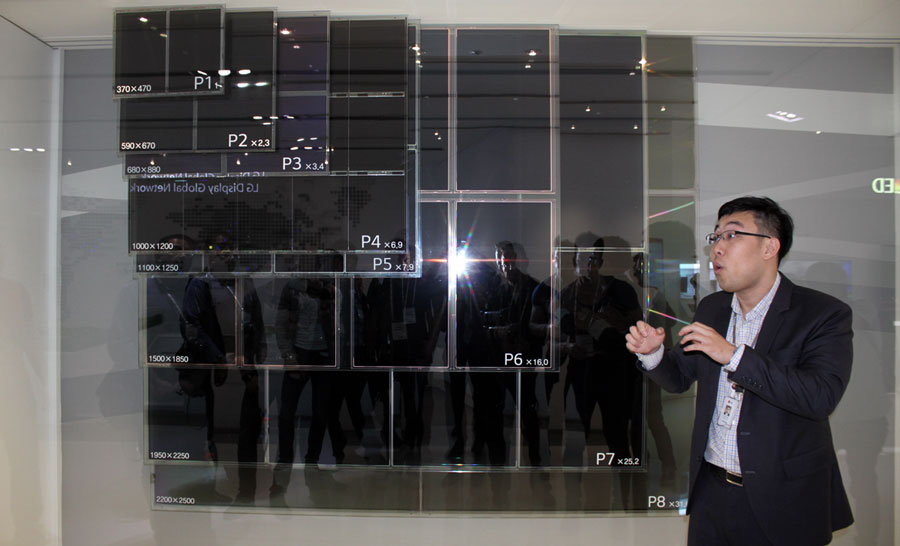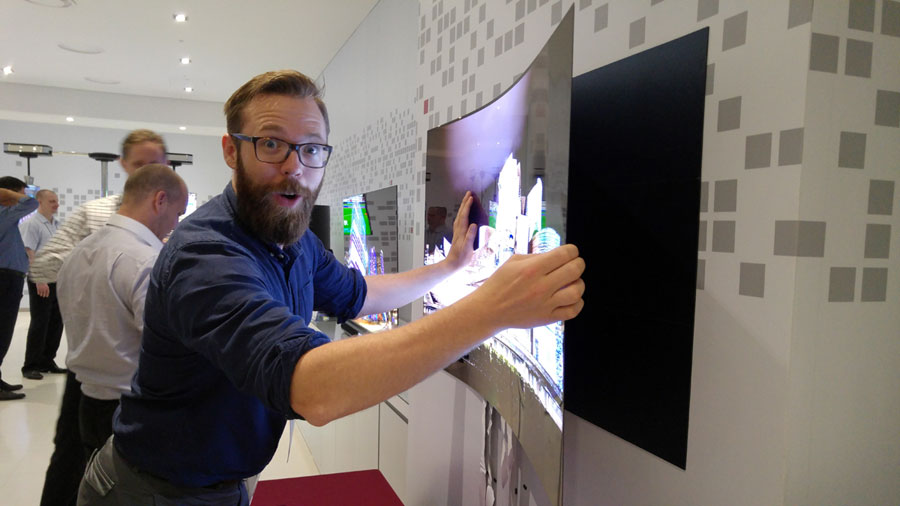Excellent news for longivity of OLED TVs from LG (and others who will buy panels from them):
http://www.flatpanelshd.com/news.php?subaction=showfull&id=1448894534
LG to invest almost $9 billion in new OLED factory
n August, LG confirmed that it would invest billions of dollars in OLED technology over the coming years. The company has now confirmed that it intends to invest the bulk of that amount in the world’s most advanced OLED factory, which will be capable of producing OLED displays of all sizes.
A 9-gen OLED factory
LG is currently producing OLED displays at its so-called P9 plant in Paju near the North Korean border. The company has increased capacity over the years, which has made them capable of producing cheaper TVs with 4K resolution.

LG has now confirmed that it will build another factory in Paju, which will cost approximately 10 trillion Won (close to $9 billion USD) by the time it is finished. It will be named P10 and is a so-called 9-generation display factory. That does not mean that LG already has eight other factories producing OLED but that its production lines will operate with 9G mother substrates. These are large substrates that can be cut into smaller screens.
"A historic investment"
- “LG Display's investment in P10 Plant is a historical investment for the industry since it will not only help expand the OLED market but also accelerate the development of future display technologies. With the active support of the Korean government, we believe the P10 plant will become the center of the global OLED industry.” said LG in a statement.

The 9G substrates will primarily be used to produce TVs. It will be possible to create "ultra-large-size" OLED, says LG. The company’s largest single-sheet OLED is currently 77 inches in diagonal. P10 will also be capable of mass-producing flexible OLEDs for smart watches and other products.
See the future of OLED
The factory will cover an area of 382 x 265 meters, which is equivalent to 14 football fields and will be 100 meters high. P10 will be ready for mass production in the first half of 2018.
LG is also setting up a 6-generation OLED plant in Gumi, Korea, for mass production of flexible OLED panels for handheld devices and watches.

Apple might be involved
A few days prior to LG’s announcement, rumors about Apple’s plan to switch to OLED display for the iPhone hit the internet. Apple will reportedly start using OLED displays in the iPhone from 2018. It is believed that LG decided to go ahead with the major investment because of this.
Apple sells more than 200 million phones a year, making it a major challenge to switch to a new display technology. Samsung is already producing OLED displays for its high-end Galaxy phones but has not been able to mass produce TV-sized OLED displays. Analysts speculate that LG and Samsung will both supply OLED displays for the iPhone.
LG is currently the largest supplier of LCD displays for the iPhone. The company is also supplying displays to Apple’s first OLED-based product, Apple Watch.
- Source: LG & Nikkei
http://www.flatpanelshd.com/news.php?subaction=showfull&id=1448894534
LG to invest almost $9 billion in new OLED factory
n August, LG confirmed that it would invest billions of dollars in OLED technology over the coming years. The company has now confirmed that it intends to invest the bulk of that amount in the world’s most advanced OLED factory, which will be capable of producing OLED displays of all sizes.
A 9-gen OLED factory
LG is currently producing OLED displays at its so-called P9 plant in Paju near the North Korean border. The company has increased capacity over the years, which has made them capable of producing cheaper TVs with 4K resolution.

LG has now confirmed that it will build another factory in Paju, which will cost approximately 10 trillion Won (close to $9 billion USD) by the time it is finished. It will be named P10 and is a so-called 9-generation display factory. That does not mean that LG already has eight other factories producing OLED but that its production lines will operate with 9G mother substrates. These are large substrates that can be cut into smaller screens.
"A historic investment"
- “LG Display's investment in P10 Plant is a historical investment for the industry since it will not only help expand the OLED market but also accelerate the development of future display technologies. With the active support of the Korean government, we believe the P10 plant will become the center of the global OLED industry.” said LG in a statement.

The 9G substrates will primarily be used to produce TVs. It will be possible to create "ultra-large-size" OLED, says LG. The company’s largest single-sheet OLED is currently 77 inches in diagonal. P10 will also be capable of mass-producing flexible OLEDs for smart watches and other products.
See the future of OLED
The factory will cover an area of 382 x 265 meters, which is equivalent to 14 football fields and will be 100 meters high. P10 will be ready for mass production in the first half of 2018.
LG is also setting up a 6-generation OLED plant in Gumi, Korea, for mass production of flexible OLED panels for handheld devices and watches.

Apple might be involved
A few days prior to LG’s announcement, rumors about Apple’s plan to switch to OLED display for the iPhone hit the internet. Apple will reportedly start using OLED displays in the iPhone from 2018. It is believed that LG decided to go ahead with the major investment because of this.
Apple sells more than 200 million phones a year, making it a major challenge to switch to a new display technology. Samsung is already producing OLED displays for its high-end Galaxy phones but has not been able to mass produce TV-sized OLED displays. Analysts speculate that LG and Samsung will both supply OLED displays for the iPhone.
LG is currently the largest supplier of LCD displays for the iPhone. The company is also supplying displays to Apple’s first OLED-based product, Apple Watch.
- Source: LG & Nikkei

